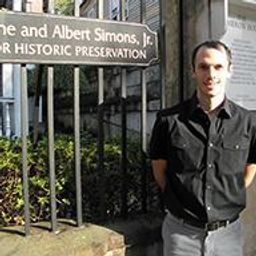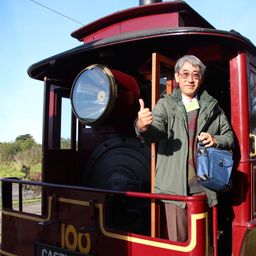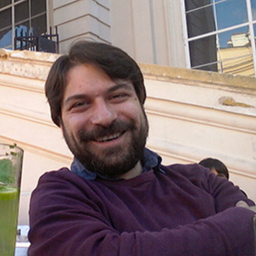Explorations in the Preservation of Coal Mining Heritage Areas II
My Session Status
During the Industrial Revolution coal was the most important energy source for both homes and industries. At the time, coal mining created strong regional industrial identities and mentalities, as well as industrial images and imaginaries in the eyes and minds of external observers. Such identities and ideas of coal would go on to shape industrial landscapes and communities.
The papers presented in this session investigate the social and economic changes that were triggered by transformations within the energy market and de-industrialization processes from international and comparative perspectives. Against this background the session will discuss strategies and concepts of (re)-valuation in former mining areas. The industrial heritage will be reconsidered in a broader sense, i.e. in the context of the specific post-industrial landscape and new cultural tourism.
Sub Sessions
Highly specialized training mines are characteristic elements of a colliery. One of the last of these training centers went out of service at the end of 2018 when Germany withdrew from hard coal mining. The Westphalian State Museum of Industrial Heritage acquired a well preserved training mine as evidence of the mining industry’s training tradition in the Ruhr area. The museum will make it accessible to visitors at its location Zollern 2/4 colliery in Dortmund as a mult...
It is in 2021 the Pingxi Line which was built for the coal mines along it meets its 100th anniversary. It was almost abandoned after all the mines closed in early 1990s’ due to few population there. Fortunately a lot of visitors came by trains and it became a famous tourist railway in 21st century. But most visitors come for flying Sky Lantern in Xifen or playing with cats in Houtong while Houtong means Monkey Cave. Few of them know or care about the history of coal mine there. Recently the...
Standing on challenging geographic conditions for habitation, City of Zonguldak, located on the north-western coast of Anatolia, has cultivated in direct connection with the mining industry, following the discovery of coal in the early 19th century. The settlement quickly transformed into a mining town, operated by companies of foreign capital, resulting in a distributed organization of industrial facilities, temporary structures and transportation network around mining locations. Approaching...







